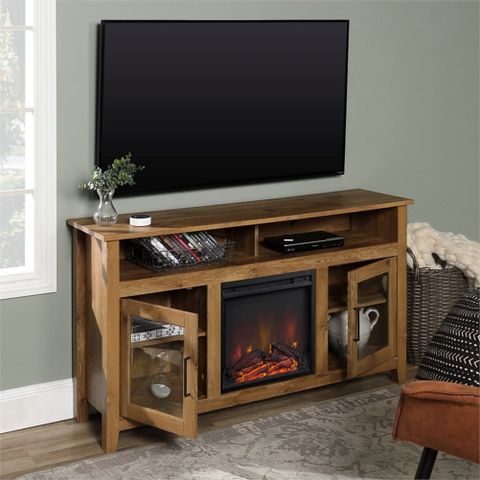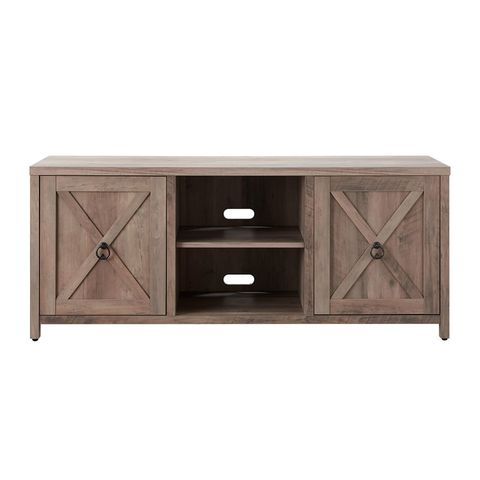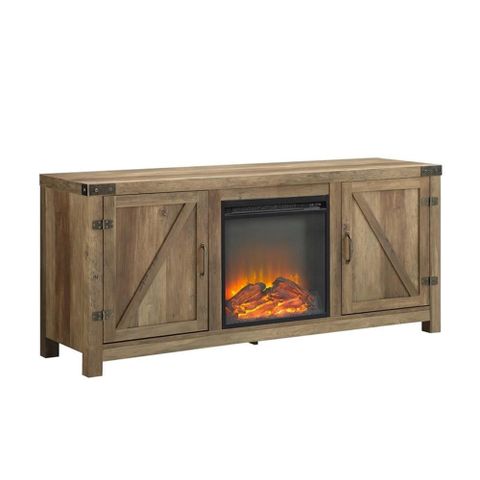Picture this: a weathered barn door, once part of a forgotten farmstead, now transformed into a striking dining table. That’s the magic of barnwood furniture – where history meets craftsmanship in the most beautiful way. These aren’t just pieces of furniture; they’re stories wrapped in wood grain, each slab carrying decades of weather, wear, and wonder. What started as humble farm materials has evolved into a craft that celebrates both nostalgia and modern design sensibilities.
Barnwood furniture represents something special in today’s world of mass-produced goods. It’s the rare exception where every piece tells a story, where each nail hole and knot holds significance. This isn’t just about repurposing old wood – it’s about honoring the past while creating functional beauty for the present. Whether you’ve seen these pieces in trendy restaurants or spotted them in cozy homes, there’s a deeper appreciation to be had when you understand how they come to be. Every barnwood creation is unique, shaped by nature’s elements and the skilled hands that work with them.
What Makes Barnwood Special
Barnwood stands apart from regular lumber because of its character and history. Unlike freshly cut timber, barnwood has been exposed to the elements for years, giving it distinctive features that no artificial process can replicate. The wood develops unique textures, color variations, and even interesting shapes from exposure to sun, rain, and temperature changes. Consider the difference between a smooth, uniform piece of new lumber versus a barnwood board that might have weathered to a rich, golden brown with natural splits and knots. These characteristics are what make barnwood so sought after. The wood often shows signs of previous use – nails, screws, and even old barn hardware that add to its charm. Each piece carries the memory of its former life, whether as a barn wall, fence post, or old farmhouse structure.
The Harvesting Process
Getting barnwood requires more than just finding old structures. It’s a careful process that involves locating suitable sources and understanding what makes a good piece. Many craftsmen travel to rural areas, searching for abandoned barns, old farms, and historic buildings that have been demolished or left unused. The timing matters too – some woods are better harvested during certain seasons when they’re less prone to damage. What happens next is where the real skill comes in. Craftsmen must carefully dismantle structures, often working with old, brittle wood that requires patience and precision. They look for boards that are structurally sound but still carry the character they want. Sometimes they’ll remove entire walls or floors, gathering hundreds of pieces at once. The process can take days or weeks, depending on the size of the structure and how much material is desired.
The Selection and Preparation Phase
Once barnwood is gathered, the real work begins. Selection becomes an art form itself. Skilled craftspeople examine each piece, looking for the right balance of character and structural integrity. They consider factors like wood species, grain patterns, and natural imperfections. Some pieces might be perfectly straight, others might have interesting curves from years of weathering. The preparation stage involves cleaning, sanding, and sometimes even treating the wood to ensure it’s safe for indoor use. This phase is where many people miss the craftsmanship – it’s not just about getting rid of dirt or splinters. It’s about preserving the wood’s natural beauty while ensuring it will last. Some pieces require extensive sanding to remove old paint or varnish, while others might need to be planed to achieve consistent thickness. The goal is to maintain the wood’s character while making it suitable for furniture construction.
Design Philosophy and Modern Applications
Barnwood furniture designers work with the wood’s natural characteristics rather than against them. This philosophy leads to unique designs that celebrate imperfection and irregularity. Instead of hiding flaws, craftsmen often highlight them, turning what might be considered defects into design features. Think of a table where the natural warp of a board becomes part of the aesthetic rather than a problem to solve. Modern applications of barnwood extend far beyond traditional furniture. Today’s designers incorporate barnwood into everything from kitchen islands to bedroom headboards. The versatility lies in the wood’s ability to adapt to different styles – rustic, contemporary, industrial, or farmhouse. The key is understanding how to blend the old with the new. A modern chair might feature barnwood arms with sleek metal legs, creating an interesting contrast that honors both eras. This approach requires deep knowledge of wood behavior and design principles.
The Role of Tools and Techniques
Crafting barnwood furniture demands both traditional skills and modern precision. Hand tools like chisels, planes, and hand saws play important roles in achieving the desired finish and shape. However, power tools are also essential for efficiency and consistency. The challenge comes in using these tools appropriately for the material’s unique properties. Barnwood often has inconsistent density due to its age and previous use. This means that standard cutting techniques might not work well, requiring adjustments in speed, pressure, and blade selection. For instance, a blade that works perfectly on new lumber might tear up old barnwood if not adjusted properly. The craftsmanship extends beyond just cutting and joining – it includes finishing techniques that enhance the wood’s natural beauty. Many artisans use traditional oils and waxes rather than modern paints or stains to preserve the wood’s character.
Preservation and Longevity Considerations
While barnwood furniture is celebrated for its vintage appeal, proper care ensures it lasts for generations. The key lies in understanding how to maintain the wood’s natural properties while protecting it from environmental factors. Indoor humidity and temperature fluctuations can cause wood to expand and contract, potentially leading to cracking or warping. This is why experienced craftsmen often recommend specific placement and environmental controls for barnwood pieces. Regular maintenance involves simple care routines – occasional dusting and gentle cleaning with appropriate products. Some pieces may benefit from periodic re-oiling to maintain their luster and protect against moisture. The longevity of barnwood furniture depends largely on how well it’s cared for and the quality of craftsmanship involved. Well-made pieces can easily last for decades, with some collectors owning barnwood furniture that’s over a century old.
Barnwood furniture represents more than just a design trend – it’s a celebration of craftsmanship, history, and sustainability. Each piece carries stories that connect us to our past while serving our present needs. The journey from old barn to beautiful table is filled with challenges and rewards that showcase the dedication of skilled artisans. What makes barnwood special isn’t just its appearance, but the human touch that goes into every detail. When you sit at a barnwood table or lean against a barnwood chair, you’re experiencing the result of careful selection, patient craftsmanship, and deep respect for materials. This isn’t just furniture – it’s a connection to tradition, a nod to sustainability, and a reminder that beauty can emerge from unexpected places. The next time you see a barnwood piece, take a moment to appreciate not just its looks, but the countless hours of skill and heart that went into creating it.














